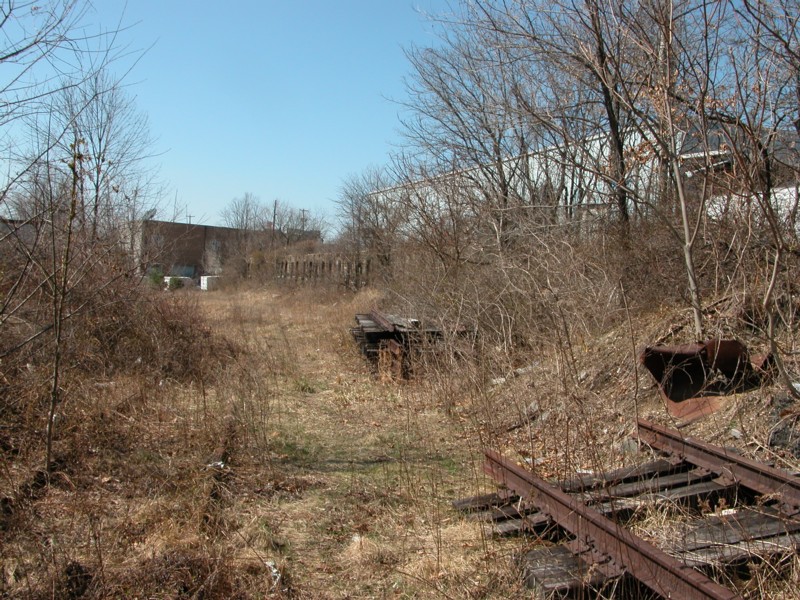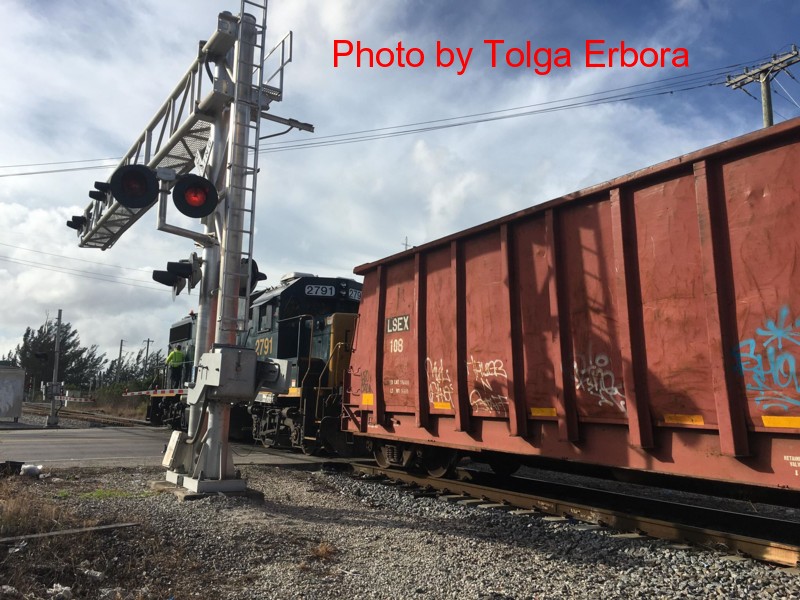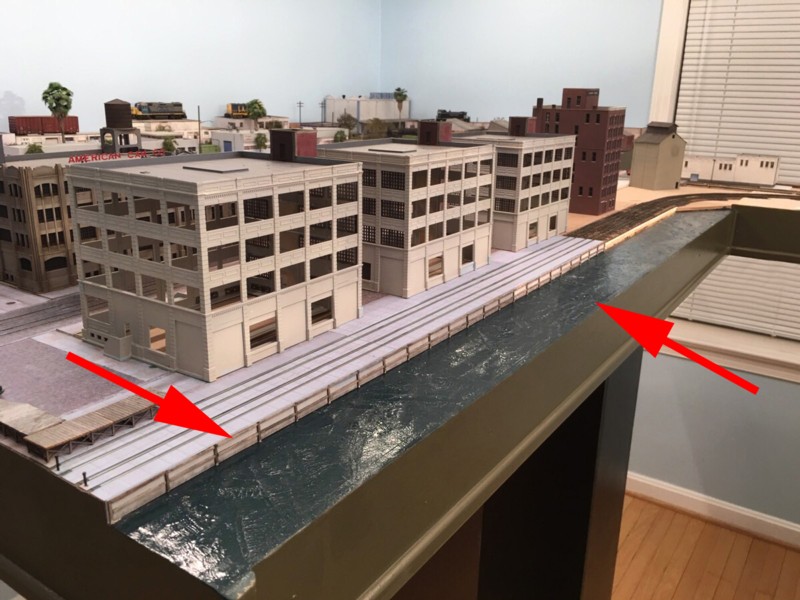Experimentation continues with producing the earth toned grasses. My kitchen table looks like Edison’s lab at this point. I’ve established a few things:
-The fibers will in fact accept the coloring.
-The composition of the Woodland Scenics fibers seems to work best.
-Grays are relatively straight forward to create which is great.
My biggest hurdle thus far has been with the browns as the Procean MX brown dye has a reddish cast. I tried to knock that down with olive, which didn’t work. Tech support from Jacquard, maker of the Procion MX dyes, is excellent however and they seem to have offered the solution. They wrote:
Hello lance,
You are correct that you should be knocking down reds with green.
Now olive is sort of brown already, so it is a little more like adding brown, which will darken the color, but won’t knock it down as much as a brighter green. You would be surprised. The more vibrant the green, the better it is at removing the red. So while you used 20% olive, I would suggest more like 5-10% of bright green. It will work much better to kill your red. It is possible to overshoot and get a green brown, so it is best to add a little at a time.
Alexander Preston
Chief Creative Strategist
Manufacturers of Jacquard Products
That’s next weekend’s project, going back to the drawing board using the mixing strategy Jacquard suggested.



